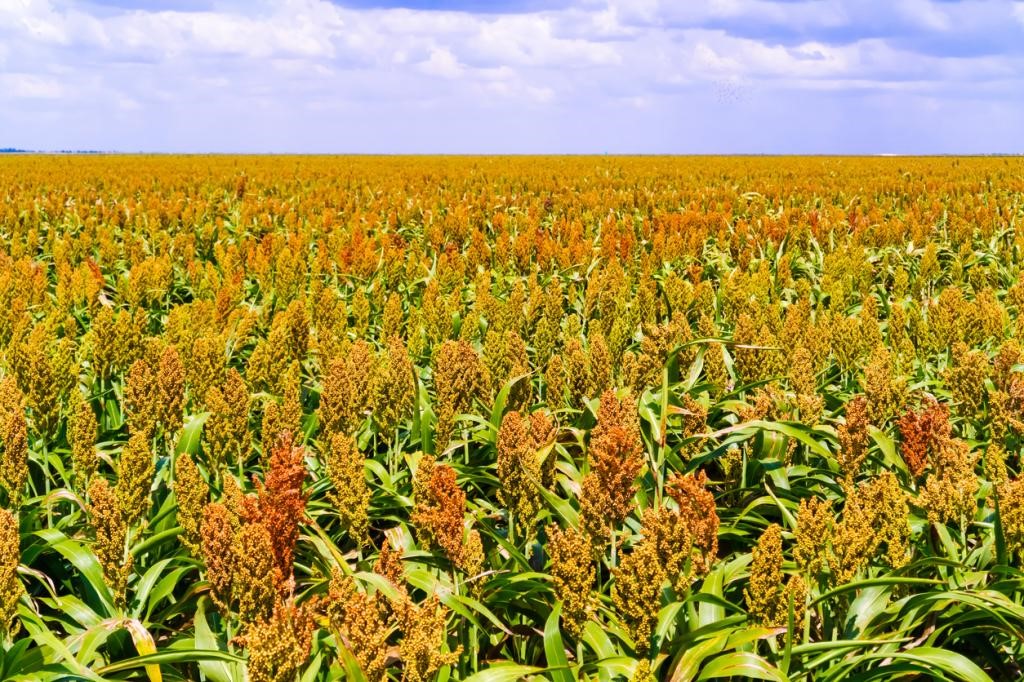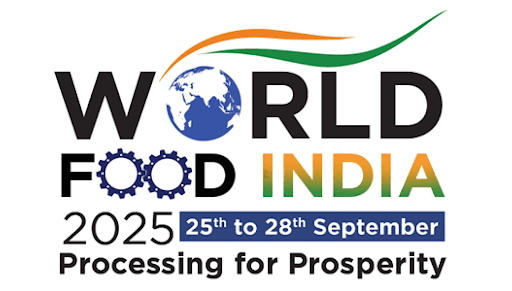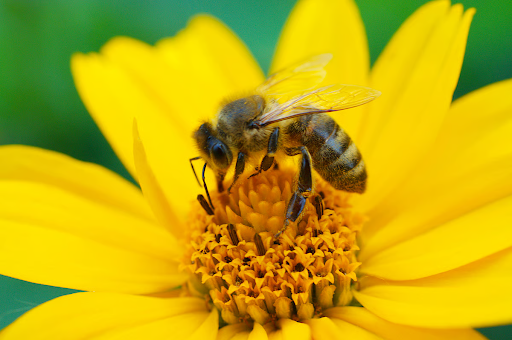Description

Disclaimer: Copyright infringement not intended.
Context
- Southern Africa is experiencing severe drought.
- The drought is caused by El Nino, a natural climate cycle involving changes in Pacific Ocean temperatures, affecting global weather patterns, particularly rainfall and temperature.
Impact on Agriculture
- Agricultural productivity in Malawi, Zambia, and Zimbabwe is severely affected.
- These countries have declared a state of disaster and are seeking humanitarian aid, particularly food aid.
- Over 70% of rural populations in these regions rely on agriculture for their livelihoods.
Importance of Climate Adaptation in Agriculture
Need for Adaptation
- The drought highlights the critical need for the agricultural sector to prepare for climate change impacts, including extreme weather events.
Biofuel Crops as a Solution
Potential of Biofuel Crops
- Biofuel crops, rich in starch, sugar, or oils, can be converted into bioethanol, which emits fewer greenhouse gases than fossil fuels.
- Common biofuel crops: sugarcane, maize, grain sorghum, sugar beet, rapeseeds, and sunflower.
Drawbacks of Conventional Biofuel Crops
- Susceptibility to extreme weather.
- High initial investment in fertilizers, chemicals, and irrigation.
- Competition with food production, limiting their dual use.
Sweet Sorghum: A Promising Alternative
Advantages of Sweet Sorghum
- Indigenous to Africa and well-suited to harsh climatic conditions.
- Multipurpose crop: produces grains, animal feed, and sugary juice.
- High nutritional value, comparable to maize.
- Resilient in arid climates and useful for bioethanol production.
Nutritional Comparison with Maize
- Sweet Sorghum Grains: 342 calories/100g, 10g protein/100g, 72.7g carbohydrates/100g, 2.2g fiber/100g, potassium 44mg/100g, calcium 22mg/100g, sodium 8mg/100g, iron 3.8mg/100g.
- Maize Grains: 8.84g protein/100g, 71.88g carbohydrates/100g, 2.1g fiber/100g, potassium 286mg/100g, calcium 10mg/100g, sodium 15.9mg/100g, iron 2.3mg/100g.

Uses of Sweet Sorghum
Food and Beverage Production
- Grains used for steamed bread, porridge, and traditional and commercial beer production.
Animal Feed
- Residual plant material post-harvest is high in nutritional content for animals.
Bioethanol Production
- Stalk juice contains sucrose, glucose, and fructose for bioethanol production.
- Higher bioethanol yield compared to maize (8,102 liters per hectare vs. 4,209 liters per hectare).
Resilience to Adverse Conditions
Drought Resistance
- Sweet sorghum can enter a dormant state during dry periods and resume growth later.
- Utilizes stalk juice to sustain itself during water scarcity.
- Tolerant of low water, nitrogen inputs, and salinity.
Promoting Sweet Sorghum Cultivation
Current Agricultural Focus
- Dominated by non-native crops like maize, wheat, and rice.
- Lack of attention and research on African-origin crops like sweet sorghum.
Recommended Actions
- Raise awareness through agriculture extension services about sweet sorghum’s benefits.
- Develop recipes and industrial products to enhance feasibility.
- Invest in research and development to unlock sweet sorghum’s full potential through government and private sector support.
Conclusion
- Investing in and promoting the cultivation of sweet sorghum can provide a resilient, multipurpose crop well-suited for the challenging climatic conditions in southern Africa.
- This can help mitigate the impacts of drought and support sustainable agricultural development.
MUST READ ARTICLE:
THE NEED FOR CLIMATE RESILIENT AGRICULTURE: https://www.iasgyan.in/daily-current-affairs/the-need-for-climate-resilient-agriculture
READ ABOUT BIOFUELS: https://www.iasgyan.in/daily-current-affairs/biofuels#:~:text=What%20are%201G%20and%202G,from%20micro%2Dorganisms%20like%20algae.
https://www.iasgyan.in/daily-current-affairs/biofuels-27
|
PRACTICE QUESTION
Q. Discuss the importance of climate-resilient agriculture in the context of increasing frequency and intensity of extreme weather events. What strategies and practices can be implemented to enhance agricultural sustainability and food security in drought-prone regions?
|
SOURCE: DOWN TO EARTH









